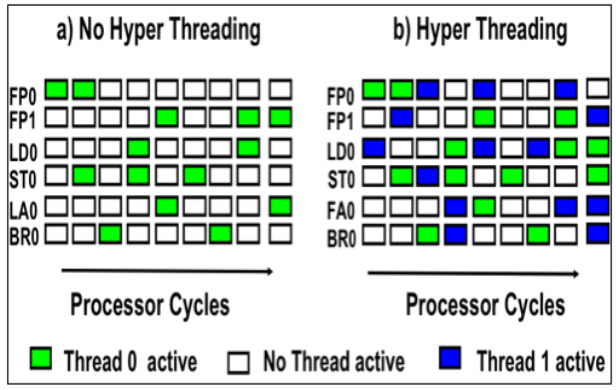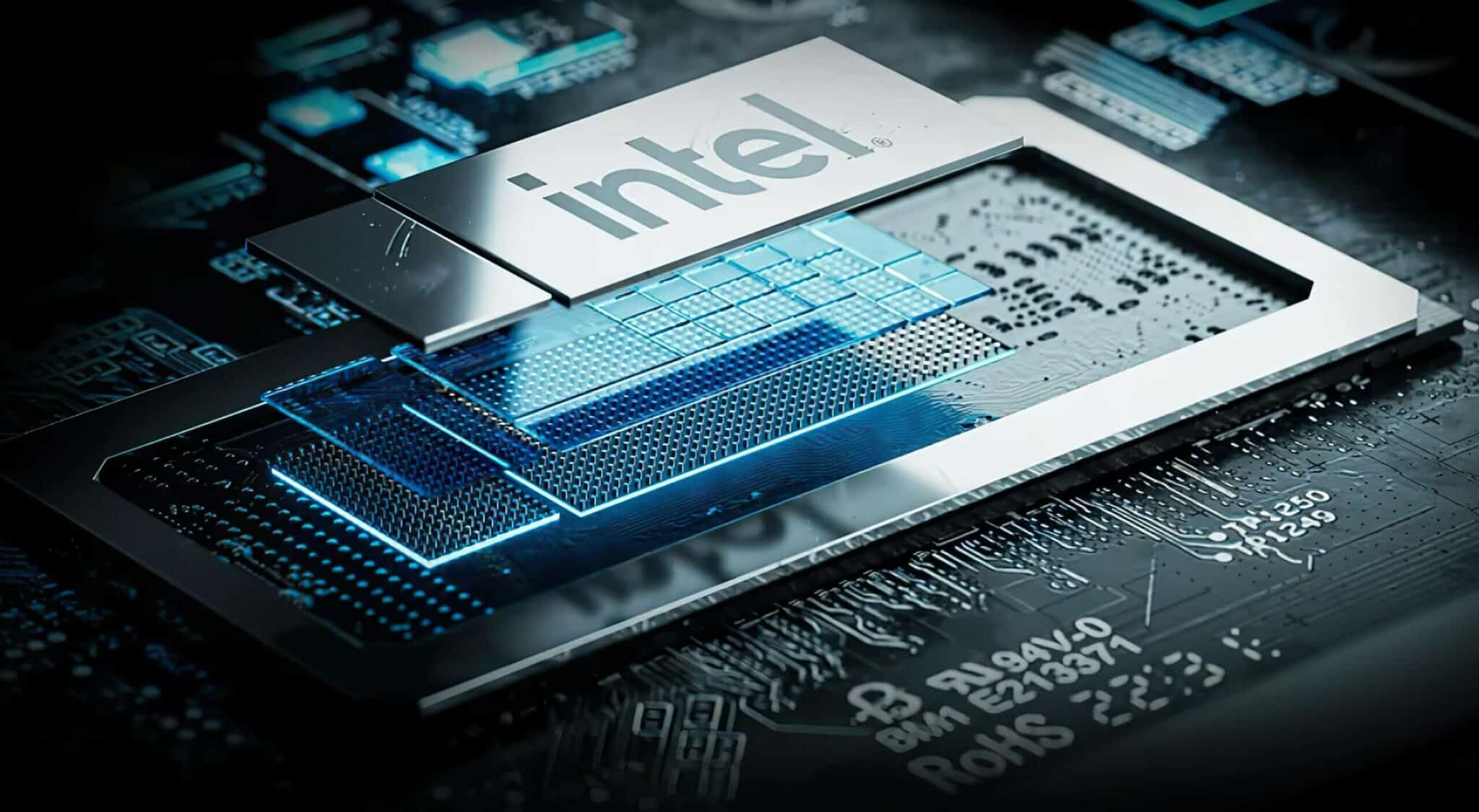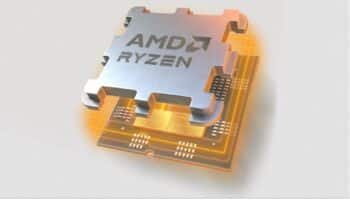Recently, it was discovered that Intel plans to do away with hyper-threading on its future processors (Lunar Lake, if not Arrow). Simultaneous Multi-Threading, known as Hyper-Threading on Intel platforms, has been around for a long time. It works by alternating the execution units of a CPU between two threads (each with its state and registers). This ensures that the resources aren’t idle when one of the pipes stalls or runs into a branch misprediction.

David Huang (Twitter) recently conducted some benchmarks to analyze the impact of SMT on the latest Intel and AMD CPUs. The results are fairly interesting. For starters, the Ryzen chips see a larger uplift in performance with SMT enabled, but their power draw also goes up by a larger margin.
On the Intel side, we see multiple instances of performance regression with SMT (Hyper-threading), but the increase in power draw is nominal: mid-single percentage figures versus 20-40% on Ryzen parts.
But, and it’s a pretty big but, the per core power consumption of the Core i9-13900K (both with and without Hyper-threading) is notably higher than that of the Ryzen 9 7950X. We’re talking about deltas as large as 90-100% between the two flagships. In most cases, the Zen 4 core draws 7-10W and 9-13W without and with SMT, respectively.
The Core i9-13900K draws 23-24W without hyper-threading and a couple of watts more with it enabled. These results indicate that AMD CPUs have a higher room for multi-threading than their Intel counterparts. Or that Intel parts better utilize a core’s resources with a single thread than rival Ryzen offerings.






